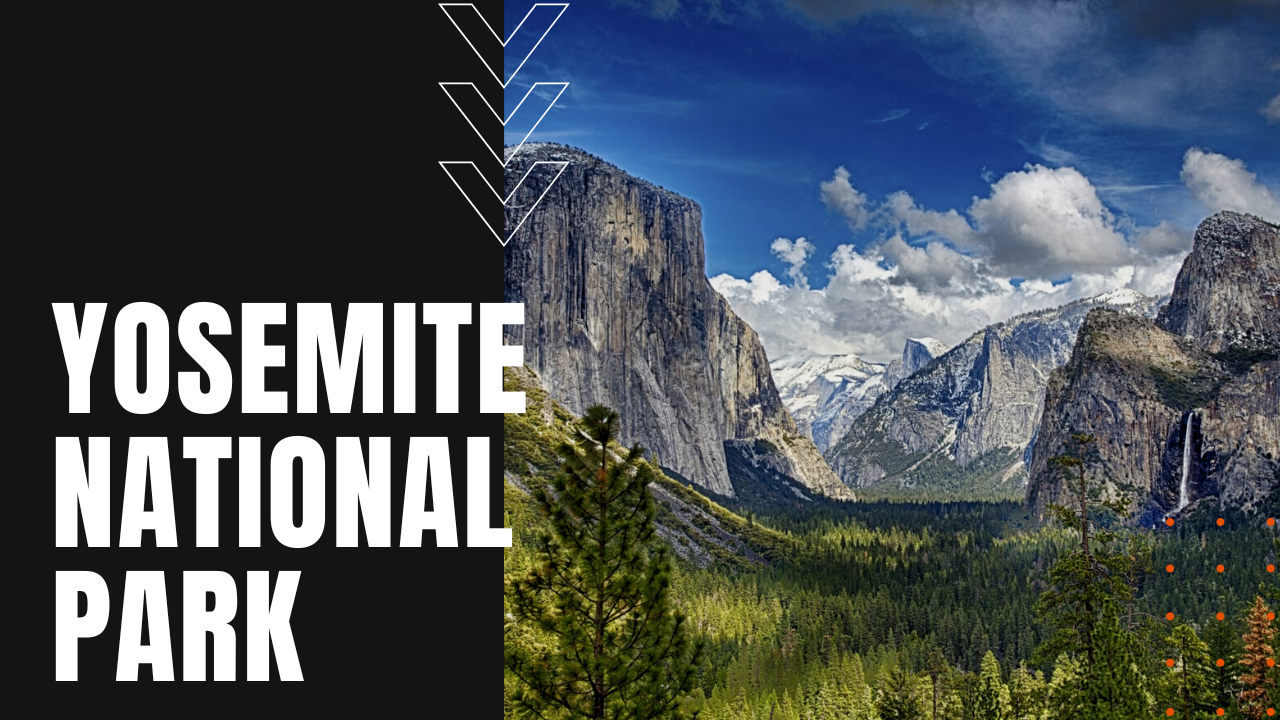History of Yosemite National Park

How Big is Yosemite National Park?
Nestled within four California counties and spanning 1,187 square miles, Yosemite National Park is world-famous for its waterfalls and crystal clear streams and lakes, her giant sequoia groves and vast biological diversity, not to mention her towering granite cliffs that forever imprint into a visitor’s mind.
Yosemite’s Geologic Formation
Pushed upwards some 10 million years ago in geologic history, Yosemite represents an expansive formation of unique slopes and narrow canyons, further carved into the earth by glacial ice flows, cascading waterfalls and streams, which over time cut and sculpted the U-shaped Yosemite Valley. And while as many as five million visitors traverse the seven square miles of Yosemite Valley each and every year, more than 95% of the park is designated remote wilderness, accessible only by experienced backpackers and mountaineers.
First discovered by a number of European American settlers in the mid-nineteenth century, James D. Savage is officially accredited with discovering the area in 1851, although Native Americans have inhabited Yosemite for nearly 4,000 years.
National Parks System
Considered the ignition point for the development of protected national parks throughout the United States, conservationist Galen Clark lobbied Congress to protect Yosemite Valley from development, leading to President Abraham Lincoln’s 1864 signing of the Yosemite Grant, which turned Yosemite into federally protected land.
Known as the father of national parks, Scottish-born naturalist and writer John Muir led a successful lobbying campaign before Congress in 1890, which established Yosemite Valley and its surrounding areas as a National Park, in turn paving the way for the establishment of the 84,000,000-acre National Park System, making Yosemite, a must-see destination for bucket listers everywhere.
